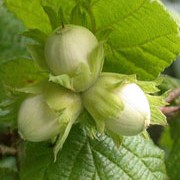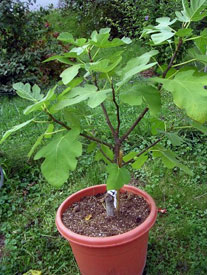Height 1.2m (411). Spread 1.2m (4fi). Flowering time Early si early summer. Star qualities Landmarl with superb, glaucous foh in whorls round the stem Evergreen. Big flower head intense greenish yellow. Other varieties Foliage types is bluer than other: varieties have particularlj flowers. 'John Tomlinson' almost spherical flower h 40cm (16in) long; 'Lam Gold' has cylindrical floi more golden in color with many stems springing from the base. The stems have a biennial habit. For their first year they make foliage_ In the spring of their second year, some produce great domes of sulphurous yellow-green flowers (some cultivars better than others).
Meanwhile new shoots are being produced from the base, so there is an ever-rolling supply of new growth and no off-season gap. Cold spring winds may burn the foliage so try to give this euphorbia a position out of the worst draughts. It will pnwitie a good screen for the lower half of the eremurus, whose flowering spikes will tower above it. The eremurus's leaves choose to die at a bad moment when the flowering spikes are at their best. If you plant your eremurus behind the spurge, you won't see its dying foliage. The double-flowered cranesbill (Geranium) will coincide with the last gasps of the spurge flowers and peak with the eremurus, whose stately spikes, covered in seed heads, can stand skeleton-like through early winter.
A" these plants like light_ free-draniag soil in full sun. The gladiolus does . .. not have as dominant a presence as the geranium and the sea lavender, which is why you should treat it 2$ die star of the group. Although in light soils, it spreads reasonably well by sited And srolon, it is much slower to bulk up in heavy soils. Start off with a itenernus dutch of corms, otherwise it will be visually overpowered by the wide-reaching arms of the geranium and sea lavender. The geranium is parbicuilady useful in early spring, when, if the winter has been mild, it is already spreading out its handsome leaves, each held on a single stiff stem. to make clinics 13on (-Ift) across. In this early part of the year, before the gladiolus scans to timer_ it makes an excellent foil for early tulips. Flowering in this group will be sequential: after the gladiolus will come huge heads of pink flowers on the geranium.. followed by a late summer eruption from the sea lavender Gladiolus communis subsp. Byzantinus Height in (3fo.
Spread 8cm (3in).
Flowering time Late spring to early summer. Star qualities Deep magenta flowers that, oddly, are not difficult to combine with other colors, especially pinks and blues. Sword-like foliage. Other varieties This wild gladiolus is a world away from the top-heavy gladioli of the show bench. Avoid them in mixed plantings. White- flowered The Bride' is beautiful, but not hardy.
You can visit this flower guide for more information about this article.













